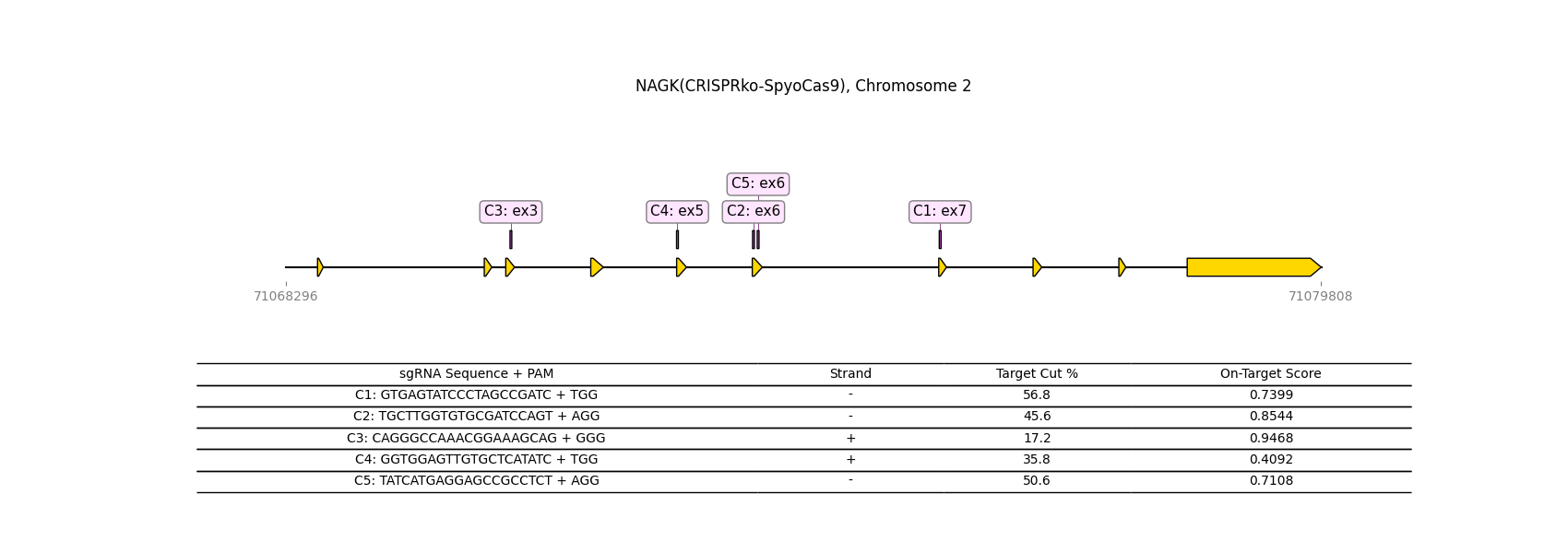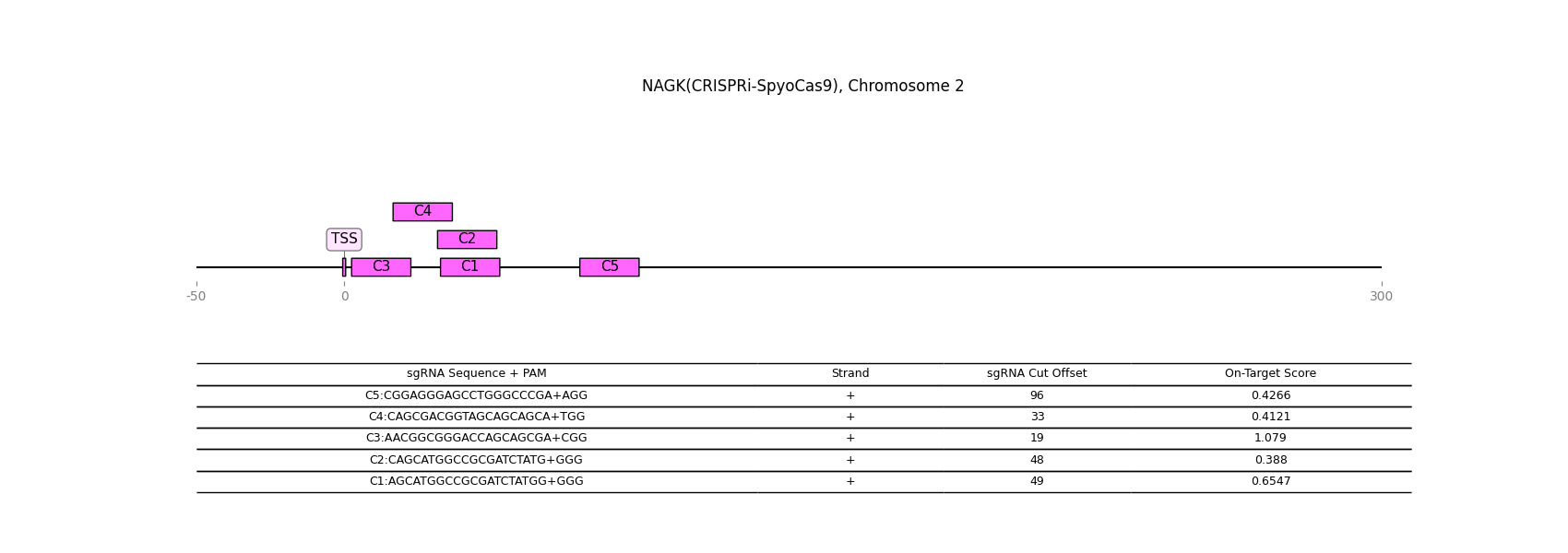Gene Details: NAGK
1 / 1
General Information
Gene Name: NAGK (N-acetyl-D-glucosamine kinase)
Synonym:
Short Names: N-acetylglucosamine kinase;
Alternative Names: GlcNAc kinase;Muramyl dipeptide kinase;N-acetyl-D-mannosamine kinase;
Notes:
- N-Acetylglucosamine kinase phosphorylates GlcNAc on the 6 carbon to form GlcNAc 6 phosphate. Is the precursor for UDP-GlcNAc.
Description from Dr.Glyco-GPT:
Warning: LLMs can generate factually incorrect information, as they simply predict the next word based on training data. Always verify LLM output by cross-checking with reliable sources!
Catalytic Activity

Reaction and Disease Links
Brenda:
2.7.1.59
OMIM:
606828
KEGG: 55577
Reactome :
R-HSA-446210
Transcript levels (Cell lines and Single cell data) URL
CRISPR-knockout

CRISPR-activation

CRISPR-inactivation

Transcription factor-gene relationship (details at glycoTF page)
Top 10 TFs
| TF | Score |
|---|---|
| TCF25 | 1.200834 |
| SON | 1.200723 |
| HNRNPK | 1.195128 |
| RBM39 | 1.192270 |
| XRCC5 | 1.165866 |
| UBE2I | 1.163676 |
| PCBP1 | 1.159802 |
| PCBP2 | 1.154630 |
| SRSF3 | 1.153438 |
| SSU72 | 1.142586 |
Licensing: CC BY 4.0. You are fee to copy, redistribute, remix, transform and build upon all material, except for textbook figures from the Essentials.